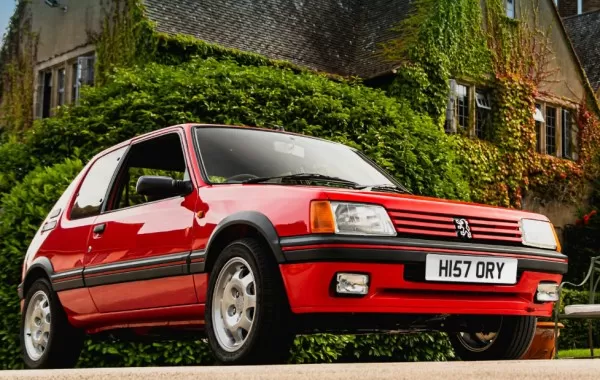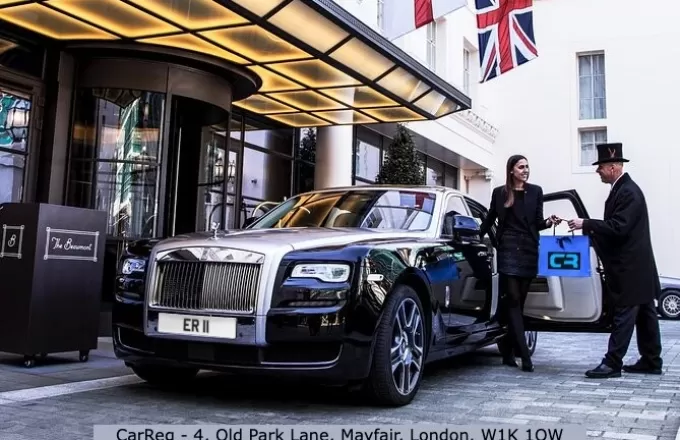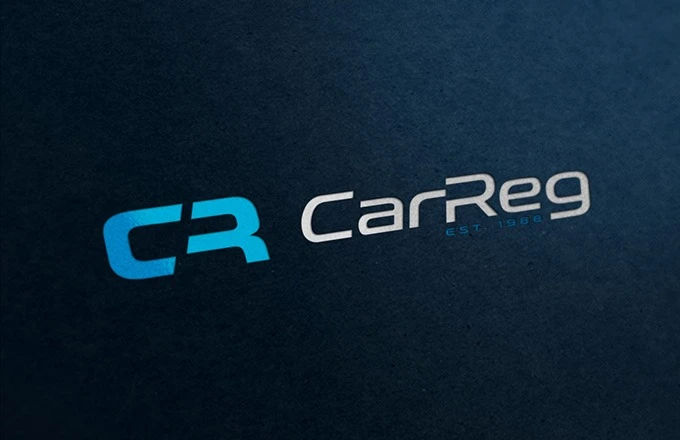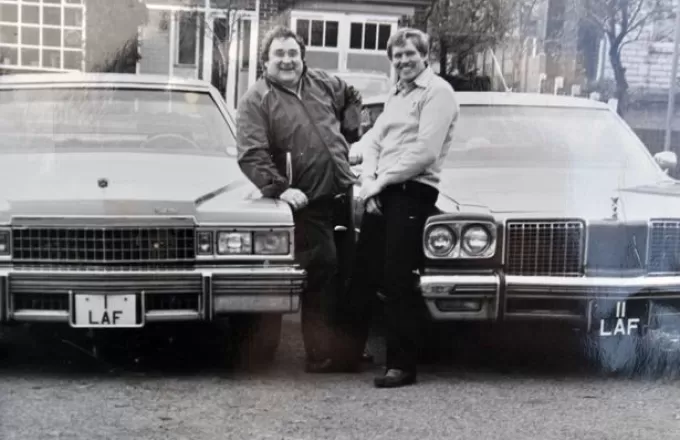The History and Evolution of UK Number Plates: From Black and White to the Digital Age
More Than Just Numbers on a Car
Number plates are a fundamental part of motoring life in the UK. While their primary purpose is practical-serving as unique identifiers for vehicles - they have evolved far beyond that role. Today, number plates can be a reflection of personal identity, a symbol of status, and even a collector’s item. From their humble beginnings in the early 20th century to the innovative, smart technologies of the future, number plates have undergone a fascinating journey. Let’s explore the history and evolution of UK number plates and see where the future might take them.
The Early Days: The Birth of the Number Plate (1903-1930s)
The story of number plates in the UK begins with the Motor Car Act of 1903. As car ownership began to rise, the government recognised the need for a formal system to register vehicles and ensure accountability on the roads. From this point, number plates were born. The first number plates were issued in December 1903, and "A1" became famously known as the very first number plate in London. Other short number plates such as this followed and would have been registered to some of the earliest vehicles driven on UK roads.
These early plates were simple: a combination of one or two letters followed by up to four numbers (e.g., "A1" or "AB 1234"). The letters represented the local council where the vehicle was registered, while the numbers were issued sequentially. These black-and-white plates were made of metal and often hand-painted, a far cry from the reflective plates we see today. Because of their simplicity and the prestige associated with owning the first of something new, these early plates have become highly valuable to collectors.
Mid-Century Modern: The Changing Formats (1940s-1970s)
As car ownership skyrocketed in the post-war era, the UK faced a new challenge: running out of unique dateless combinations for number plates. To address this, the suffix system was introduced in 1963. This system involved three letters, up to three numbers, and a suffix letter that indicated the year of registration (e.g., "ABC 123D"). This format allowed for a much larger pool of available plates and made it easier to identify a vehicle’s age at a glance.
World War II had also left its mark on number plates. During the war, materials like metal were scarce. The increasing volume of vehicles required more efficient ways to manage registrations, which led to further changes in the system.
The Prefix Era: The Changing Formats (1980s-1990s)
In 1983, the prefix system was introduced to replace the suffix format. This new system was essentially the reverse: a letter indicating the year of registration followed by numbers and three random letters (e.g., "A123 ABC"). The prefix system continued until 2001, when the current format was implemented. Each year usually on 1st August the next year letter in sequence was introduced making new vehicles stand out on the road. Letters A to Y were issued (note letters I, O, Q, Z are not used as prefix letters in this system)
The Move to the Current System (2001-Present)
By the late 1990s, the prefix system was also running out of combinations and coming to the end of the alphabet, necessitating another change. In 2001, the UK adopted the current number plate format: two letters representing the region where the vehicle was registered, followed by two numbers indicating the age of the vehicle, and three random letters (e.g., "AB12 CDE"). This system provides a larger pool of combinations and is designed to last for many years to come (until 2050 effectively) which therefore will run for longer than both the suffix and prefix systems combined.
The current system offers several benefits. It makes it easy to identify both the age and the region of registration of a vehicle, which is helpful for law enforcement and insurance companies. Additionally, the current format is optimized for Automated Number Plate Recognition (ANPR) technology, which is widely used across the UK for traffic management and crime prevention.
How Number Plates Reflect British Culture and Identity
Number plates have evolved beyond mere identification tools; they’ve become part of British culture. Personalised number plates, in particular, have grown in popularity as a way for individuals to express their identity, commemorate special events, or simply stand out on the road. From celebrities to everyday drivers, people are willing to pay a premium for plates that mean something to them.
Popular trends include plates that represent names, witty phrases, or business brands. Plates like “MAG 1C” and “S1NGH” have become famous and can sell for thousands—some hundreds of thousands of pounds. These plates are more than just identifiers; they are conversation starters, status symbols, and sometimes shrewd investments.
The Future of Number Plates: Smart and Digital Innovations
The future of number plates is set to be as dynamic as their past. Emerging technologies are paving the way for digital number plates, which can be customised and updated electronically. These plates could offer a range of benefits, from enhanced security and easier toll payments to real-time updates in cases of theft or emergencies.
Countries like the United States (specifically California) have already begun piloting digital plates, and it could be just a matter of time before the UK followed. These digital innovations align well with the UK's growing focus on smart city initiatives, where real-time data and automated systems play a crucial role.
The Role of Number Plates in Sustainability and Smart Cities
The introduction of green number plates for electric and hybrid vehicles is another step towards a more sustainable future. These plates not only signify a commitment to reducing emissions but could also be integrated into a broader ecosystem of smart city infrastructure. In the future, number plates could be more than just identifiers—they could be part of intelligent traffic management systems, automated parking solutions, and even pollution monitoring networks. The new Labour Government is already talking about a possible pay-per-mile car tax scheme which could be announced in the upcoming Autumn Budget in October, which would see motorists charged for using their vehicles.
Number Plates and the Law: What You Need to Know
While the designs and technologies behind number plates continue to evolve, the legal requirements remain strict. Number plates must adhere to specific regulations regarding font, spacing, and reflectivity to ensure they are easy to read. Failing to comply with these regulations can result in fines and penalties.
At CarReg, we ensure all our number plates meet DVLA regulations, offering you peace of mind when you purchase from us. We also provide guidance on how to select and register a plate that is both legal and personalised to your liking.
Conclusion: The Evolution Continues
From their humble beginnings as simple identifiers to their role in modern-day culture and technology, UK number plates have come a long way. As we look to the future, the evolution of number plates shows no signs of slowing down. Whether you're interested in a classic, cherished plate or looking forward to the innovations of digital designs, CarReg is here to help you find the perfect fit for your vehicle. Explore our range today and make your mark on the road!




